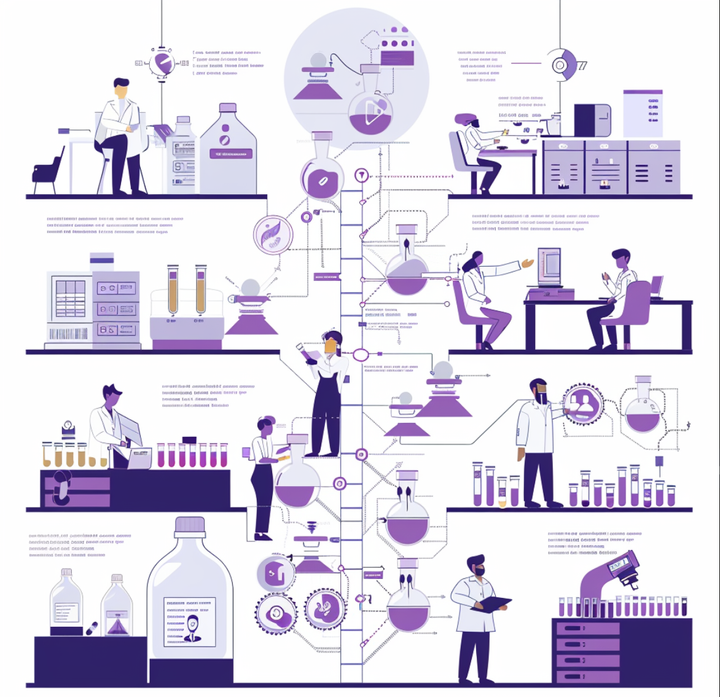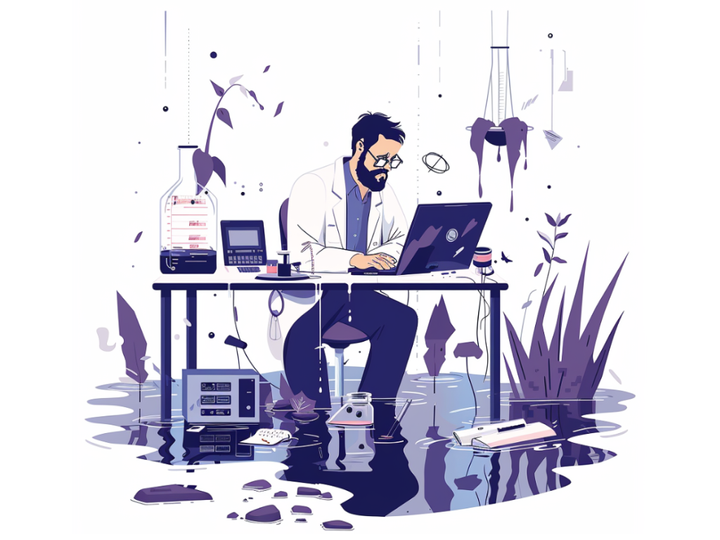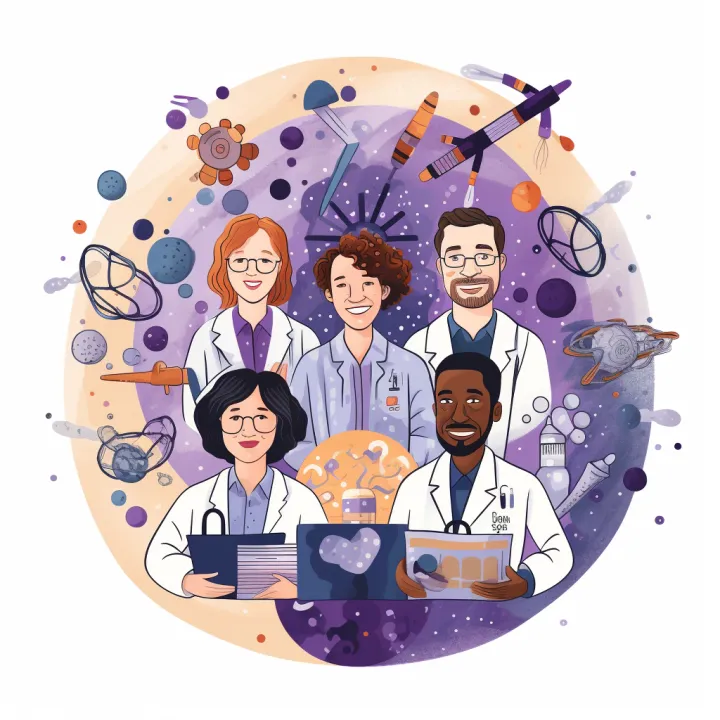Two software engineers walk into a lab...

What happens when you receive a check in the mail? Say, a settlement from that random class action lawsuit you don’t even remember joining. You open your mobile banking app, snap a photo, and deposit that $8 proudly. The money, like magic, hits your account instantly. But, think back to when you had to go to the bank and stand in line to make that transaction happen, and then wait at least a day—a full business day, that is—until your funds were available. Fintech today is fast, efficient, and optimized for the user.
Biotech, meanwhile, is still in the era of waiting at the bank for a teller—and that teller is using a pen and paper.
With respect to data management, the life sciences industry is 10 to 20 years behind others. Lab data fundamentally is a reflection of the underlying complexity of biological systems. This makes the data very difficult to structure into the easily managed and utilized forms that are common in spaces like fintech. The consequences of this are felt throughout this industry: progress is slow and largely stochastic, resulting in incredibly expensive development efforts.
What’s more, scientists whose passion, creativity, and dedication are the engine of biomedical innovation are highly underpaid and misutilized. Few roles across industries have such a high ratio of smart people to low pay as bench scientists. It’s hard to be a 10x scientist when the majority of your time is spent on things like moving data from one PC to another. You can only exercise yourself creatively in the remaining 10% of your time.
Fintech and banking would also be in a dire spot if bankers and software engineers had to spend all their time building vaults and recording cash flow on pen and paper instead of expressing the business logic of their financial product in code, which is the modern standard.
Ganymede was founded to alleviate the burdens of data management and building your own infrastructure, taking pressure off of everyone at biotechs, from bench scientists to lab managers to IT directors.
Traditionally, hardware has been at the center of progress in lab operations. Robotics and lab automation have emerged to help perform specific components of R&D at scale. There’s been significantly less progress, however, in software, and even less so in the integration of analytical instruments that generate the high value data in this industry.
The standard paradigms for building apps and connectivity break down rapidly in biotech because of how data is generated in this field. How can you build an app for automated flow cytometry when you don’t even know all the channels you’re going to run or what they mean? Maybe, in between experiments, you choose to use an additional channel, or drop one—what then? And let’s not even get started on what happens if you introduce a different model of a flow cytometer.
The permutations in biological R&D are almost endless. Building software to wrangle this complex data requires an approach purpose-built for the industry:
- Data in the life sciences must become completely FAIR (Findable, Accessible, Interoperable, and Reusable). This goes for data of any type, but especially for data generated by lab instruments. It’s wild and bizarre that scientists still need to touch USB keys in instrument PCs. They should be accessing harmonized tabular data in the cloud from the comfort of their lab desks or homes
- Data must be analysis-ready for scientists. They need to be able to define their own analytical and business logic layer that accurately captures their physical lab processes. Fully user editable-code on top of that is critical for the customization needed to be able to deal with those “last 10%” integration issues. You truly can never know exactly what is being explored in an experiment or what data an instrument will produce or an analysis will consume; pre-determined semantic standards are futile. A better option is to empower scientists, bioinformaticians, and software engineers to easily manipulate and standardize data themselves in an environment as easy as Excel.
Ganymede’s platform is designed to simplify data management, making data accessible and actionable for scientists, and giving them the freedom to focus on their groundbreaking work. We seek to create the perfect infrastructure for any industry like the life sciences where the process IS the core value of the business. From biotech and biopharma, to CPG manufacturing and industrial chemicals, we’re on a mission to realize the lab of the future in the present.




